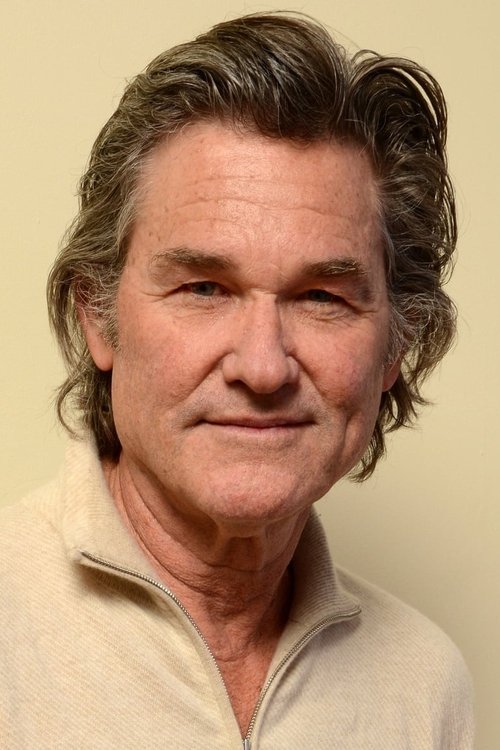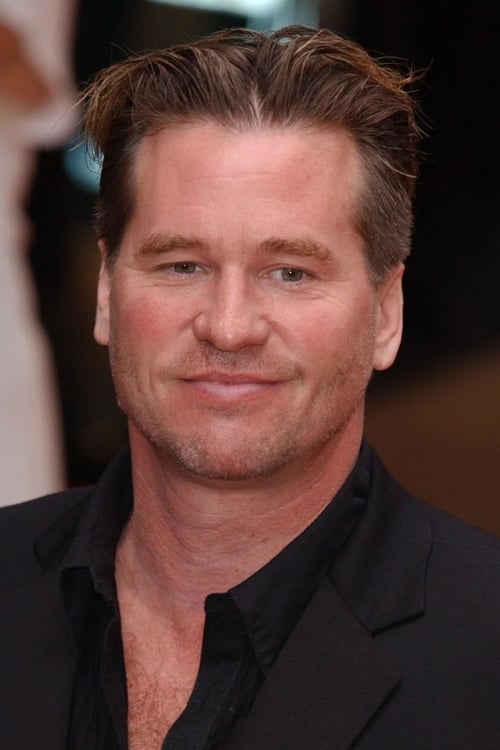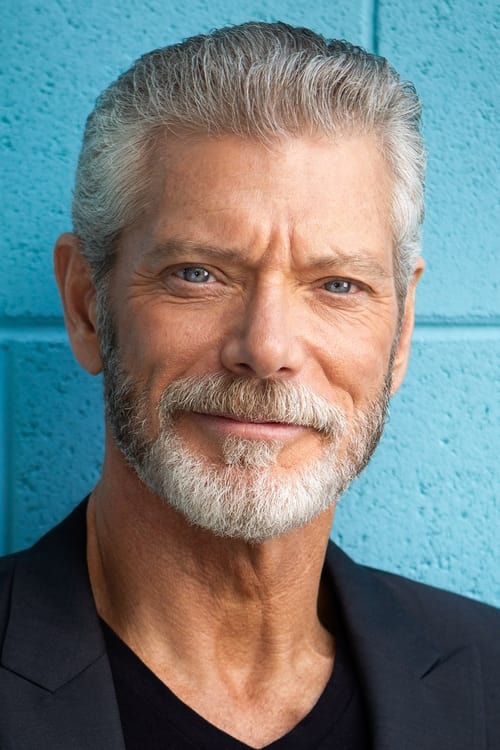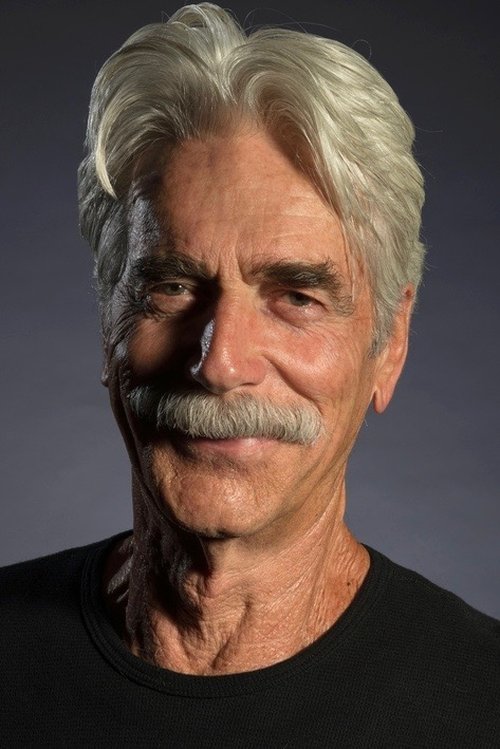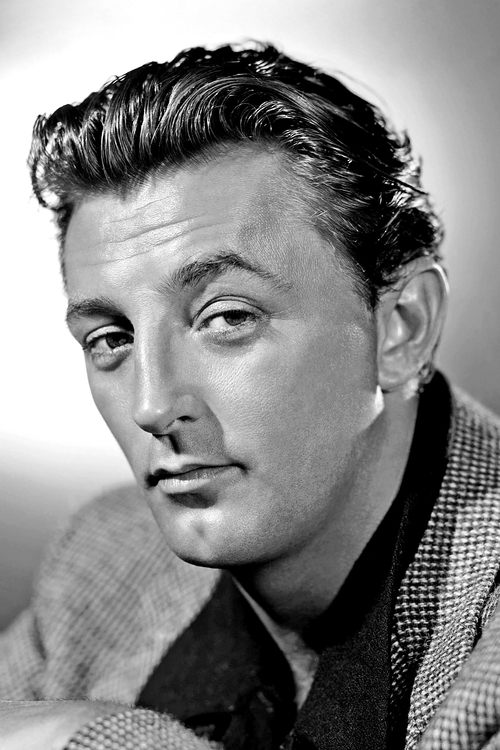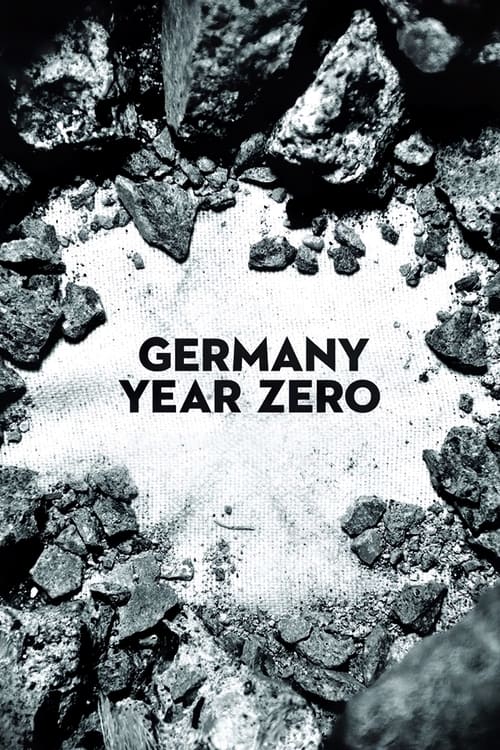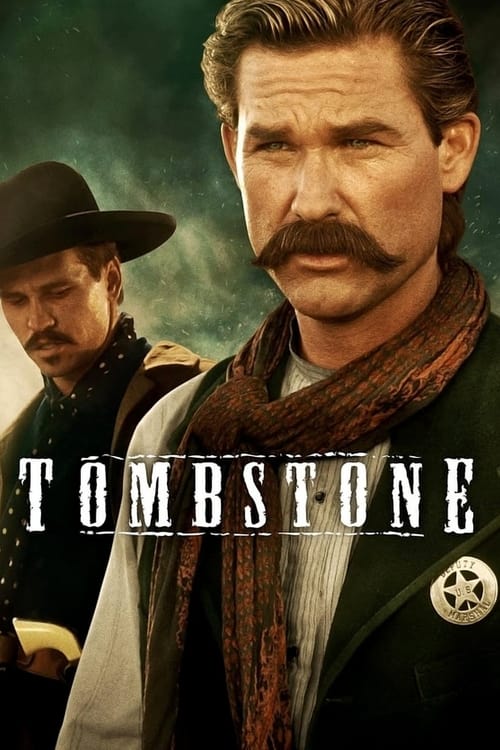
Tombstone
Legendary marshal Wyatt Earp, now a weary gunfighter, joins his brothers Morgan and Virgil to pursue their collective fortune in the thriving mining town of Tombstone. But Earp is forced to don a badge again and get help from his notorious pal Doc Holliday when a gang of renegade brigands and rustlers begins terrorizing the town.
Dialogues from Movie Tombstone
Quotes from Movie Tombstone
Sound Tracks from Tombstone by Bruce Broughton
Main Title
Main Title by Bruce Broughton, Opening sequence
It's All Over
It's All Over by Marty Robbins, Played during the closing credits
The Boys Are Back in Town
The Boys Are Back in Town by Thin Lizzy, Scene where Doc and Wyatt reunite
I Wish You Were Here
I Wish You Were Here by Marty Robbins, Emotional moments throughout the film
Download App
Memorable Scenes from Movie Tombstone
The O.K. Corral Showdown
The scene is tense as the Earp brothers and Doc Holliday face off against the Cowboys. As they walk towards each other in the dusty street, the tension is palpable. The showdown symbolizes the battle between law and lawlessness. When the gunfire erupts, the audience is on edge, feeling the weight of every shot fired. After the chaos, the aftermath leaves both the Earp brothers and the audience reeling from the violence and loss, highlighting the harsh realities of their choices.
Context: The build-up to this moment includes the escalating tensions between the Earp brothers and the Cowboy gang, filled with threats and violence in the days leading up to this confrontation, establishing that this showdown is inevitable.
Doc's Last Stand
In a poignant moment, Doc Holliday is in a saloon, facing his mortality as he battles tuberculosis. His dialogue with Wyatt Earp reveals his fears, hopes, and unyielding spirit. As the viewer witnesses Doc at his most vulnerable yet defiantly alive, the emotional weight crescendos with his unforgettable words, 'I’m your huckleberry.' This moment hangs heavy in the air, serving as a brilliant blend of friendship and impending loss.
Context: This scene follows Doc's loyalty to Wyatt during previous encounters with the Cowboys, showing his fierce determination to stand by his friends despite his health issues.
Murder of Morgan Earp
The chilling moment when Morgan Earp is shot is filled with dread as the sense of loss washes over his family. The intense emotions of indulgent rage and helplessness fill the room; the audience feels the impending tragedy of his death looming just outside. This event pushes Wyatt Earp into a state of vengeance, marking a dramatic shift in his character and intensifying the feud with the Cowboys.
Context: This moment is a turning point that escalates the conflict, as Morgan's death is a direct attack on Wyatt’s family and sense of justice.
Wyatt's Confrontation with Curly Bill
Wyatt Earp confronts Curly Bill in the saloon, filled with fury and determination. Their intense exchange is a mix of bravado and the looming threat of violence. As Wyatt draws his gun, the audience feels his resolve and the stakes of their confrontation reverberate through the scene. Curly Bill's defiance is met with Wyatt's unwavering morality, leading to a climactic moment that reaffirms Wyatt's role as lawman and protector.
Context: This encounter highlights the mounting pressures Wyatt faces from the Cowboy gang and showcases the resilience he must summon to uphold justice.
The Funeral of Morgan Earp
The atmosphere is dark and somber as Morgan Earp is laid to rest. The emotional weight is palpable as his family stands mourning, visibly shaken by their loss. This funeral scenes sets the tone for the inevitable revenge Wyatt seeks against the Cowboys. The audience is moved by the sheer tragedy of lost potential and brotherhood, deepening their emotional connection to the Earp family.
Context: Morgan's death has already established heavy emotional stakes for Wyatt, turning him from lawman to a man consumed by vengeance.
Wyatt and Josephine's Bond
Wyatt meets Josephine for the first time at a gambling event. Their chemistry sparks an intense connection that is both electric and risky, hinting at future troubles. The dialogue flows smoothly as they navigate flirty banter amidst the chaos of the casino. The warmth and vulnerability of their exchange give a glimpse of hope in a world filled with violence and loss.
Context: Josephine represents a potential escape for Wyatt from the turmoil around him, as they both seek companionship amid violence.
Doc and Wyatt’s Brotherhood
In a quiet moment, Doc Holliday and Wyatt Earp share heartfelt words that reinforce their unwavering loyalty to each other. Their dialogue speaks volumes about friendship and sacrifice. This scene beautifully highlights the bond they share, layered with both humor and sadness, reminding the audience of the fragility of life as they face the uncertainties ahead.
Context: The friendship between Wyatt and Doc deepens throughout the film; this moment allows viewers to appreciate their connection amidst the chaos.
The Showdown with Ike Clanton
As Wyatt Earp confronts Ike Clanton on the streets, tension hangs thick in the air. Their psychological battle culminates in a riveting exchange before a fight erupts. The visual details of their standoff—the sweat, the shifting eyes—add to the emotional weight of the moment. Ike’s cowardice is exposed, while Wyatt's bravery shines, cementing his reputation.
Context: This scene escalates the rivalry between the Earp brothers and the Cowboys, revealing the true nature of both sides.
Wyatt's Revenge
In a sequence filled with tension, Wyatt leads a group in pursuit of the Cowboys who wronged his family. The visuals of their grim determination create a mounting sense of dread. The result of this pursuit, culminating in a brutal showdown, leaves the audience breathless. Wyatt's character takes a dark turn, pushing him further into the realm of vengeance.
Context: This moment reflects Wyatt's transformation and highlights the flooding emotions of justice and revenge.
The Iconic Speech
Wyatt stands before a group of citizens rallying them to uphold the law against the Cowboy gang. His passionate dialogue inspires the townspeople, drawing them together for a common cause. The fervor in his words captures the audience's spirit, evoking a sense of unity despite the chaos around them. This motivates others to take a stand against injustice.
Context: Wyatt tries to re-establish order in a lawless town, showcasing his leadership qualities in contrast to the Cowboys’ violence.
Doc Holliday’s Death
In a heart-wrenching moment, Doc Holliday lies on his deathbed, reflecting on his life with Wyatt by his side. The emotional dialogue shared encapsulates their friendship, showcasing both grief and acceptance. The visuals of their poignant farewell exhibit the strength of their bond, making this scene overwhelmingly tragic and beautiful.
Context: Doc’s decline marks the loss of one of the film's bravest and most colorful characters, impacting Wyatt deeply and altering his outlook.
Final Confrontation: Wyatt vs. Ringo
The climactic duel between Wyatt and Johnny Ringo is charged with emotion and raw energy. As they approach each other in the dusty street, their final showdown unveils deeply rooted animosity and the weight of choices made. The silence before the gunfire plunges the audience into a state of suspense, culminating in a fast-paced climax that ultimately resolves their conflict.
Context: This confrontation ties together the themes of revenge and justice, embodying the end of an era in Tombstone.
Virgil's Attack
Virgil Earp is ambushed, and the brutality of the attack illustrates the desperate lengths the Cowboys will go to in maintaining their control. The shocking visuals of bloodshed and fear highlight the chaotic battle for justice in Tombstone. This moment propels Wyatt's quest for vengeance into high gear, deeply impacting the audience with its emotional intensity.
Context: The assault on Virgil not only adds physical stakes to the story but also personalizes the conflict faced by the Earp family.
The Arrival of Wyatt Earp
As Wyatt arrives in Tombstone, the atmosphere is thick with anticipation. The cinematography highlights the contrasts between law and chaos. This arrival sets the tone for his future as a lawman and a leader, evoking mixed emotions among the townspeople. The excitement of new beginnings tinged with fear of escalating violence encapsulates the essence of the film.
Context: Wyatt's return lays the groundwork for the central story, introducing viewers to the lawman's quest amidst lawlessness.
The Hanging Scene
When a group of Cowboys executes a hanging, the raw violence shocks the audience. The camera captures the dread and despair of the townsfolk, illustrating the powerful grasp the Cowboys have over the community. This pivotal scene serves as a wake-up call for Wyatt and others to take a stand against the Cowboys’ tyranny.
Context: This event exemplifies the stakes of justice versus lawlessness, adding urgency to Wyatt's mission.
The Bar Fight
The bar fight features a spectacular brawl showcasing camaraderie among the characters involved. The energy of the scene, full of laughter and aggression, reflects both the dangers and the unity in coping with the lawless environment. This moment serves to highlight the relationships and camaraderie built between the characters in harrowing times.
Context: The atmosphere of danger and brotherhood serves as a backdrop to show the bond that forms amidst chaos.
The Sunset Meeting
Wyatt and Doc share a quiet moment at sunset, discussing their lives and what they’ve lost. The scenery creates a beautiful yet haunting backdrop as they reflect on friendships and mortality. This peaceful scene juxtaposed with their turbulent lives evokes a wide array of gentle emotions, emphasizing the bittersweet nature of their journey.
Context: This moment allows viewers to appreciate the depth of their friendship amidst the ongoing chaos around them.
The Ambush of the Earp Brothers
In a shocking sequence, Wyatt and his brothers are ambushed in a brutal attack. The sudden violence pulls the audience into a state of shock as the action unfolds. This moment solidifies the Cowboy gang’s ruthless nature and sets the stage for Wyatt's pursuit of vengeance, adding layers to his character development.
Context: This attack deeply personalizes the conflict between the Earp family and the Cowboys, increasing emotional stakes.
The Chase Scene
A heart-pounding chase through Tombstone leaves viewers on the edge of their seats as Wyatt and his allies pursue the Cowboys. The visuals are tense, filled with unpredictability, emphasizing the lawmen's commitment to bringing justice. This moment is a showcase of Wyatt’s determination, heightening the stakes for both sides.
Context: The chase reflects Wyatt's relentless pursuit of justice and deepens the conflict between lawmen and outlaws in the town.
The Night Before the Fight
The emotional weight of the night before the big fight reflects on the characters’ worry, fear, and uncertain futures. Conversations filled with raw emotion reveal their vulnerabilities and deepen the audience's understanding of their motivations. This scene showcases the fragility of friendships and friendships forged in turmoil.
Context: Building emotional connections before the climax makes the subsequent events feel even more impactful.
The Grave Scene
The Earp brothers visit their brother's grave, feeling the burden of loss. The haunting visuals, coupled with the stillness of the graveyard, invoke a powerful reminder of what they’ve fought for. Emotions of sorrow, anger, and longing converge here, illustrating the heavy cost of their fight against lawlessness. This scene serves as a catalyst for their resolve to continue fighting.
Context: The grave symbolizes the sacrifices made along the way and serves as a reminder of the stakes involved in their battle.
The Climactic Speech
In a rousing speech to the citizens of Tombstone, Wyatt rallies them against the Cowboys' tyranny. The strength in his words ignites passion and fearlessness in the townsfolk. This sequence not only sets up the final conflict but also serves to unite various characters as they confront a common enemy, evoking a sense of hope and sovereignty.
Context: The contrast between hope and fear resonates throughout the film, making the final stand a momentous collective effort.
The Final Ride
Wyatt's final ride into the sunset serves as a symbolic farewell to his journey. The visuals are stunning, capturing the essence of freedom and loss intertwined. The audience feels a bittersweet emotion as they reflect on what Wyatt has sacrificed for the greater good. This closure evokes a sense of accomplishment tinged with melancholy.
Context: The journey encapsulates themes of heroism and sacrifice, leaving viewers reflecting on the often-painful costs of standing up for justice.
Download App


